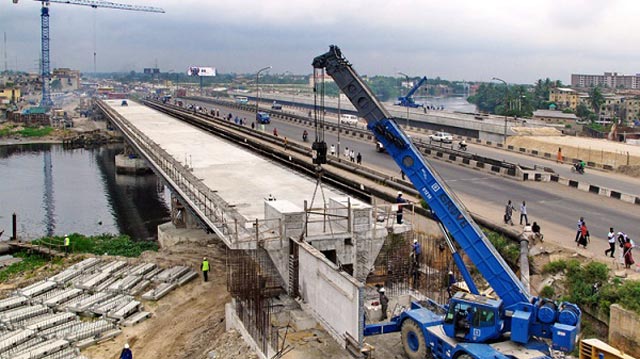Infrastructure Overhaul Crucial for Boosting South Africa’s Economy, says BER
South Africa must invest 200 billion rand ($11 billion) to revive its frayed railways, half that amount again to upgrade water infrastructure, and tackle bottlenecks in both electricity and governance to achieve an economic growth target above 3% a year.
- Advertisement -
South Africa must invest 200 billion rand ($11 billion) to revive its frayed railways, half that amount again to upgrade water infrastructure, and tackle bottlenecks in both electricity and governance to achieve an economic growth target above 3% a year.
That’s according to the Bureau of Economic Research at Stellenbosch University, which warned that without this spending, the economy will remained stuck in low gear.
- Advertisement -
Africa’s most industrialized nation has expanded by less than 1% on average for a decade, held back mismanagement, corruption and underinvestment by its state-owned logistics and power utilities. Economists polled by Bloomberg forecast 1.7% growth in 2025.
- Advertisement -
“Our baseline forecast is that real gross domestic product growth will average just below 2% between 2026 and 2029,” the BER’s Impumelelo Economic Growth Lab said.
While South Africa has since March managed to avoid power blackouts that used to be an almost-daily occurrence, it is now grappling with a worsening water crisis. Its rail, port and road networks continue to degrade, the central bank said in November.
Poor performance by South Africa’s freight-rail services saw iron-ore stockpiles mount at mines and cut coal railings to a 30-year low, forcing producers to switch to truck transport that jammed roads and ports.
Concessions could add an extra 60 million tons of rail capacity to the 151.7 million tons state-owned rail operator Transnet SOC Ltd. reported in its year to end March, Impumelelo said.
- Advertisement -
Last month, the nation approved a blueprint for opening access to its vast rail network to private operators, its latest effort to enlist corporate know-how to kick start economic growth.
The lack of stable water supply in major metro areas is a drag on consumer and business confidence, Roy Havemann, a senior economist at Impumelelo, said in the report.
The disruptions reveal serious weaknesses in local government and investment will remain limited if they remain unaddressed, he said.
The BER’s modeling suggests that these reforms, if implemented together, could push economic growth to 3.3% by 2025. However, the success of this growth depends on swift and effective action.
“The crux is in the implementation,” Havemann said.
Source: norvanreports.com
- Advertisement -


